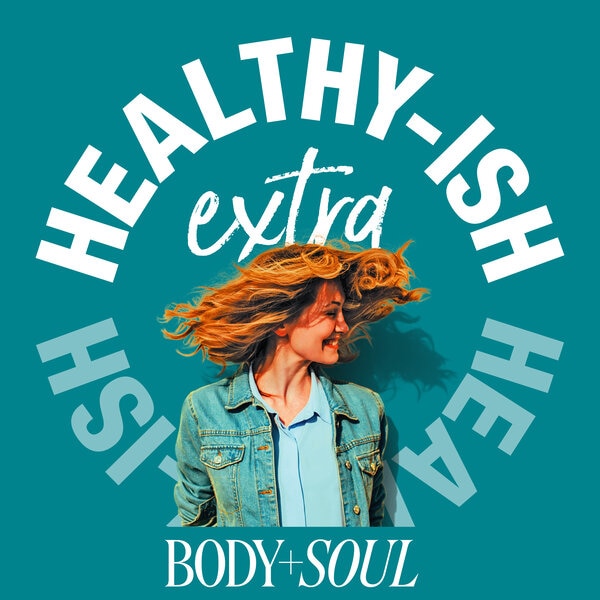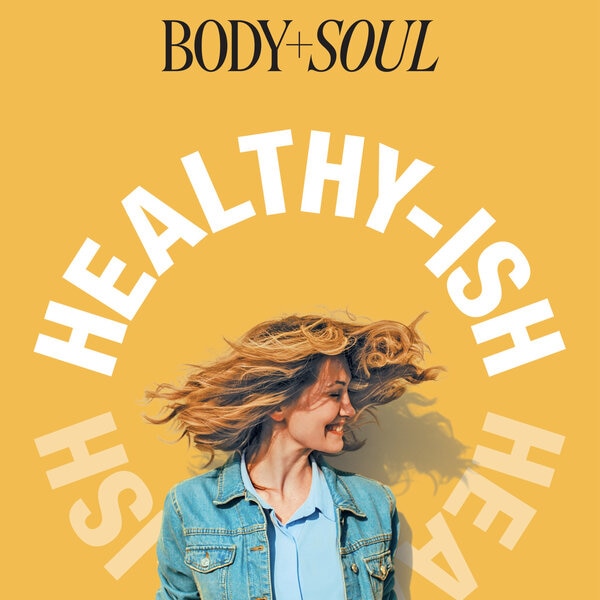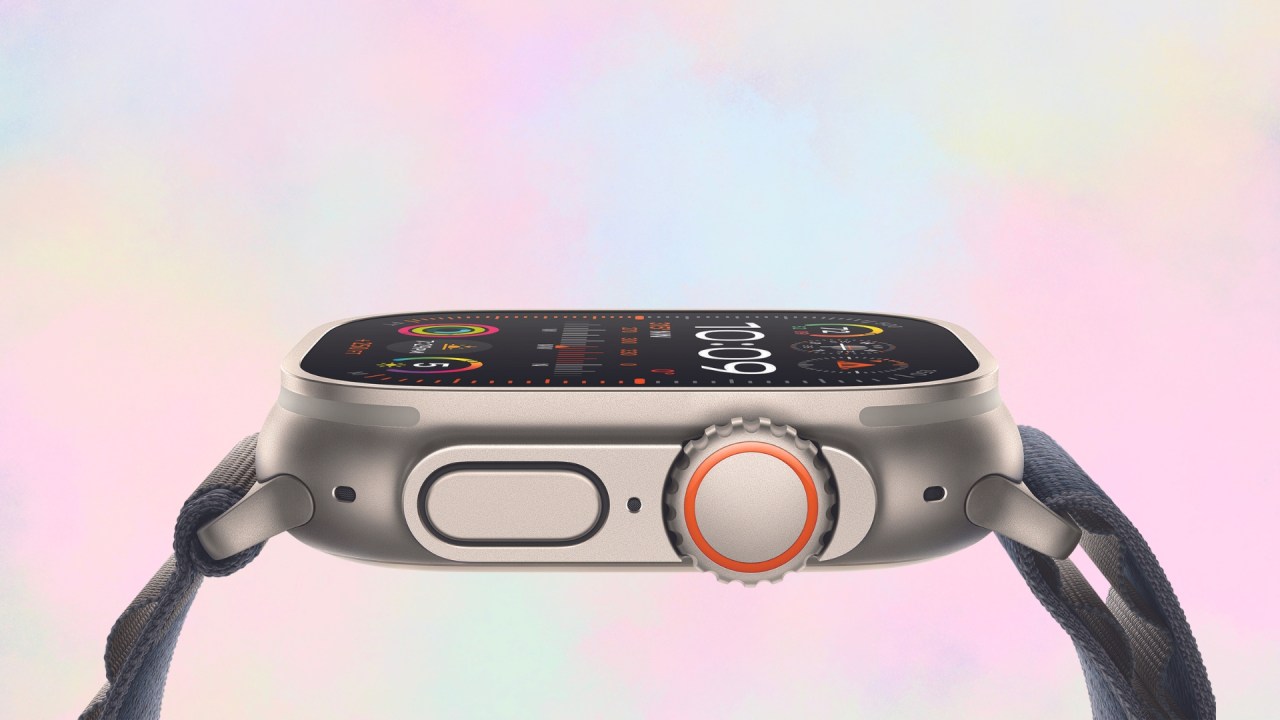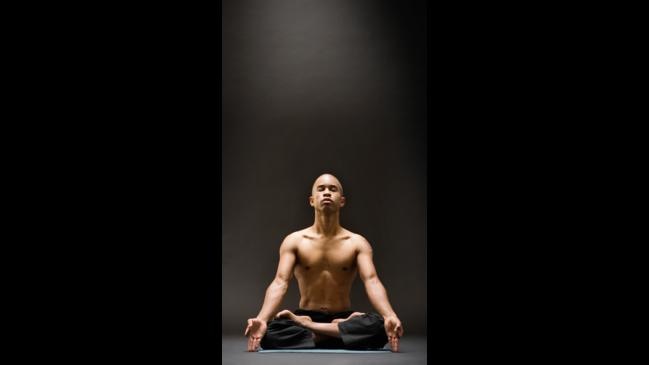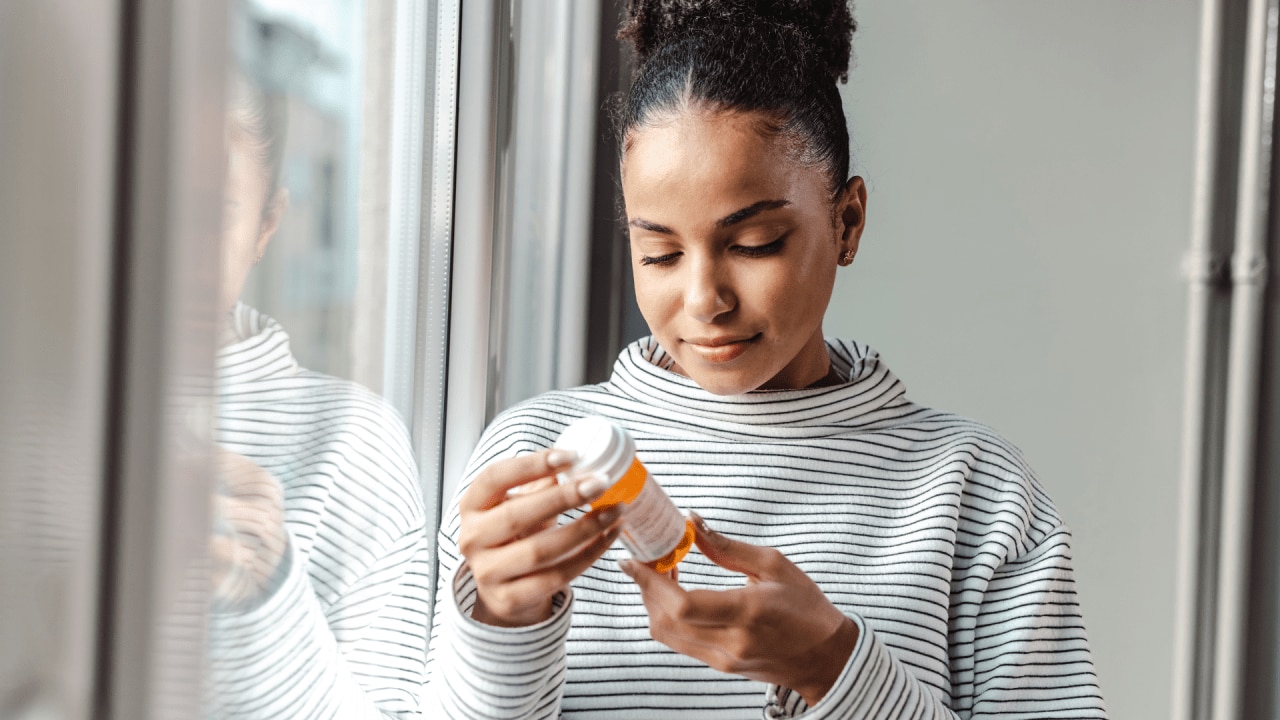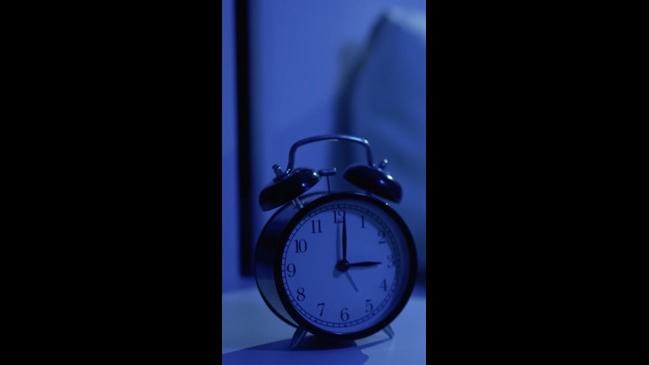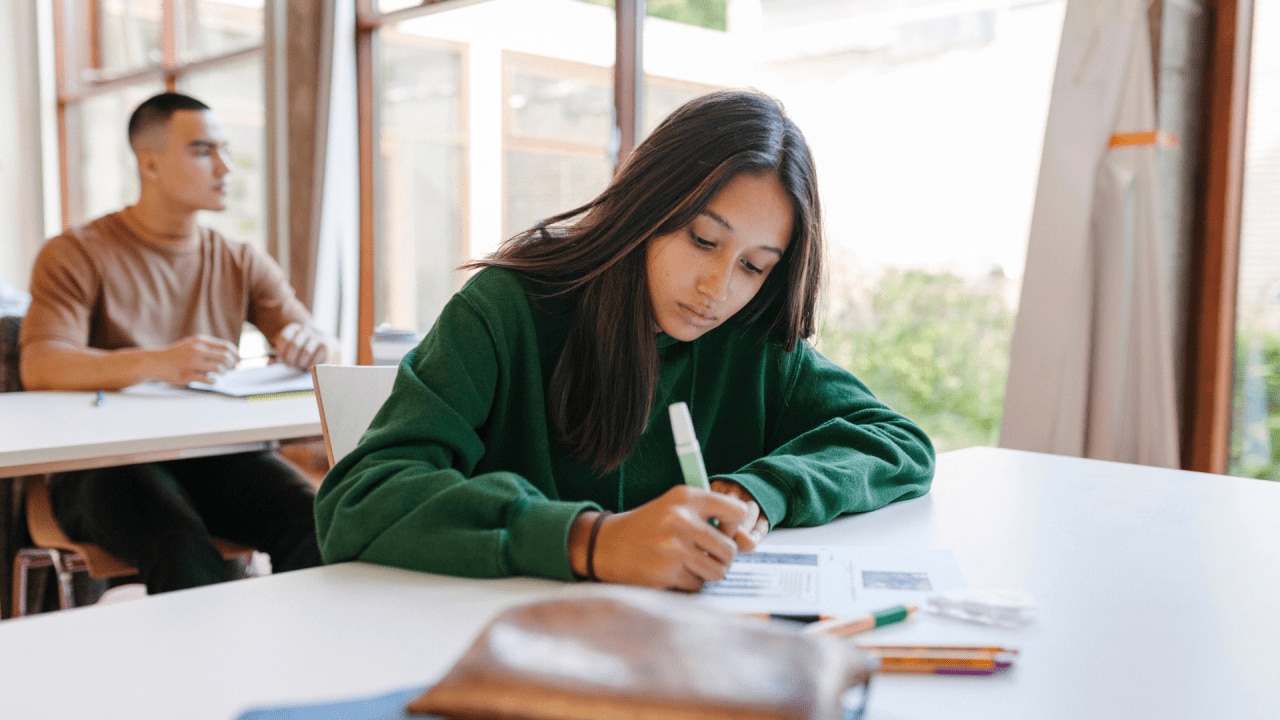Earlier this year, we reported on all the major health updates coming to your Apple devices, from a new journaling app (due later this year) that provides iPhone users new ways to reflect on moments throughout their everyday lives, updates to the Mindfulness app for both Apple Watch and iPhone users, and the introduction of its proprietary Health app on iPad.
Physical health and fitness support also got an upgrade with big wins for cyclists and hikers. With the release of iOS 17 and watchOS 10 this week, Apple Watch users can now see key live cycling metrics on their iPhone when mounted on their bike, as well as several new metrics when connected to Bluetooth cycling accessories designed to take your cycling to the next level.
But what about the watches themselves?
Now that the Apple Watch Series 9 and Ultra 2 have officially landed on shelves, we got our hands on them and put them to the test.
Apple Watch Series 9
Right out of the box, and at first glance, you’ll be hard-pressed to notice any major changes to the look and feel of the Series 9.
Don’t be fooled though, this isn’t just a simple reincarnation of the previous Series 8. Apple has focused almost entirely on making changes under the hood for this year’s release
The introduction of a new chip (the S9 SiP) brings with it a raft of performance improvements, none more noticeable than the display, which sports double the maximum brightness of the Series 8.
On a midday run in full sun, both the 41mm and 45mm displays read incredibly well, and metrics from the native Workout app are shown vividly and clearer than ever, meaning I was able to focus on the run itself without trying to read my distance and pace multiple times.
Outside of using the watches for workouts, animations and effects are noticeably smoother, more engaging and, in general, faster than those on previous generations of Apple Watch.
Siri has also had a glow-up, with faster and more reliable responses.
For requests that don’t require Wi-Fi or mobile reception, commands are now processed directly on your wrist, rather than going through the internet and the cloud.
I tested this several times in different scenarios, from setting a timer while completing a quick circuit workout in an underground car park (notorious as blackout zones) to initiating a run on a treadmill at the gym, and it worked beautifully.
While this might not seem like a big deal at first, it opens up other opportunities not previously possible on older generations of Apple Watch, like logging and retrieving health data. And because on-device processing is secure and private, Siri can now let me know how many steps I’ve done today or hours of sleep I’ve had (not enough on both fronts, apparently).
Later, when I jump on the scales, I’m able to log my weight directly without needing to go through the Health app on my iPhone, making it easier to track my fitness and health over time. And anything that helps us to improve our overall fitness and health, should be counted as a win.
Again, this is all due to the new chip working behind the scenes.
As with previous releases, the Series 9 is available in several different colours and finishes, including an all-new pink aluminium option.
While grabbing a coffee after a gym workout, I noticed a few people clocking the new 41mm pink case, which I’ve paired with the redesigned (and more environmentally friendly) pink sport loop watch band. Given that we’re still firmly in our Barbiecore era, this will likely be one of the more popular choices.
Later, I sport the 45mm midnight aluminium case with the blue flame Nike sport band, made from recycled content and production scraps, ahead of a high-intensity workout. The airy, perforated design provides excellent ventilation and keeps the watch tightly secured to my wrist.
Apple Watch Ultra 2
Again, as with the Series 9, users are unlikely to spot any significant design changes to the Ultra 2 right out of the box.
But Apple has, in fact, made some subtle yet environmentally welcome changes to the exterior. Compared to the first generation Ultra, the new case is now made from 95 per cent recycled titanium without sacrificing the same level of ruggedness, corrosion resistance and lightweight feel we’ve come to love from the previous iteration.
Where things get interesting is with updates made to the interior.
Like the Series 9, the Ultra 2 also ships with Apple’s latest chip. This brings with it the same updated capabilities for private and secure on-device Siri, smoother animations and effects and improvements to the brightness. Having worn the previous Ultra as my watch of choice, the screen is noticeably brighter (50 per cent brighter according to the tech company).
Unlike the Series 9, though, the Ultra 2 has been designed for serious sports, fitness and adventure lovers. A new exclusive modular watch face, aptly named Modular Ultra, takes full advantage of the larger display found on Ultra watches.
When testing the new watch face, it’s remarkably powerful in providing access to all the metrics and apps you need, depending on the type of activity you’re undertaking.
Over a week, I tried the endurance and adventure options, and both made it incredibly easy to see at a glance the data and metrics you’d need to know whether you’re regularly training for a long run or going for hikes. While I didn’t get to test this, it’s worth noting there’s also an ocean option for activities like recreational scuba diving and water sports.
For runners and cyclists, the Ultra 2 is likely to be a compelling reason to upgrade, particularly if moving from Apple’s flagship watch series. The updated brightness makes viewing up to six lines of metrics at a glance easy, letting you focus on what’s important mid-run, like your average pace, heart rate and distance, whether you’re hitting the pavement before dawn or mid-afternoon.
Again, I didn’t try this feature, but I love that if you arrive at a running track, it will automatically be clocked by the watch and ask you to confirm your running lane in order to provide the most accurate pace and distance data. It’ll even count the laps for you.
Cyclists have also been given a major update through the release of watchOS 10 and iOS 17 (both available now). Among the most exciting features is the all-new Live Activity view that turns your iPhone into an external display for your Apple Watch, maximising the full-screen real estate of the iPhone. Several existing Workout Views from Apple Watch have been optimised so you can easily swipe between them to display various metrics based on what’s most important to you – from heart rate zones, elevation and distance to custom workouts. While not exclusive to the Ultra 2, it’s a powerful addition that makes the lineup a stellar fitness watch in its own right.
Double tap
Undoubtedly, the double tap gesture has been one of the most talked about features in this year’s lineup of Apple Watches. While not yet available, the new double tap gesture (made by tapping your index finger and thumb twice in quick succession) will enable you to control your watch without having to touch the display.
There’s no word yet on an official release date, but having tried the feature out during Apple’s special September event at its Cupertino headquarters, I’ve seen first-hand (no pun intended) how useful this feature will be, from answering (or ending) a call mid-run to pausing music and even stopping workouts.
The verdict?
Updates under the hood for the Series 9 and Ultra 2 make them compelling enough to consider an upgrade, particularly if you use an Apple Watch regularly for fitness tracking and working out. The durable titanium design of the Ultra 2, along with the larger and brighter display over the Series 9 (and its previous generations), make it the ideal partner for those who regularly train for endurance sports, adventures and races.
Pricing and the lineup
Apple Watch Series 9 prices start at $649 and is available in both 41mm and 45mm sizes in starlight, midnight, silver, and a new pink aluminium case, as well as stainless steel in gold, silver, and graphite cases.
Apple Watch Ultra 2 is available for A$1,399.
Read related topics:ExerciseRunning

